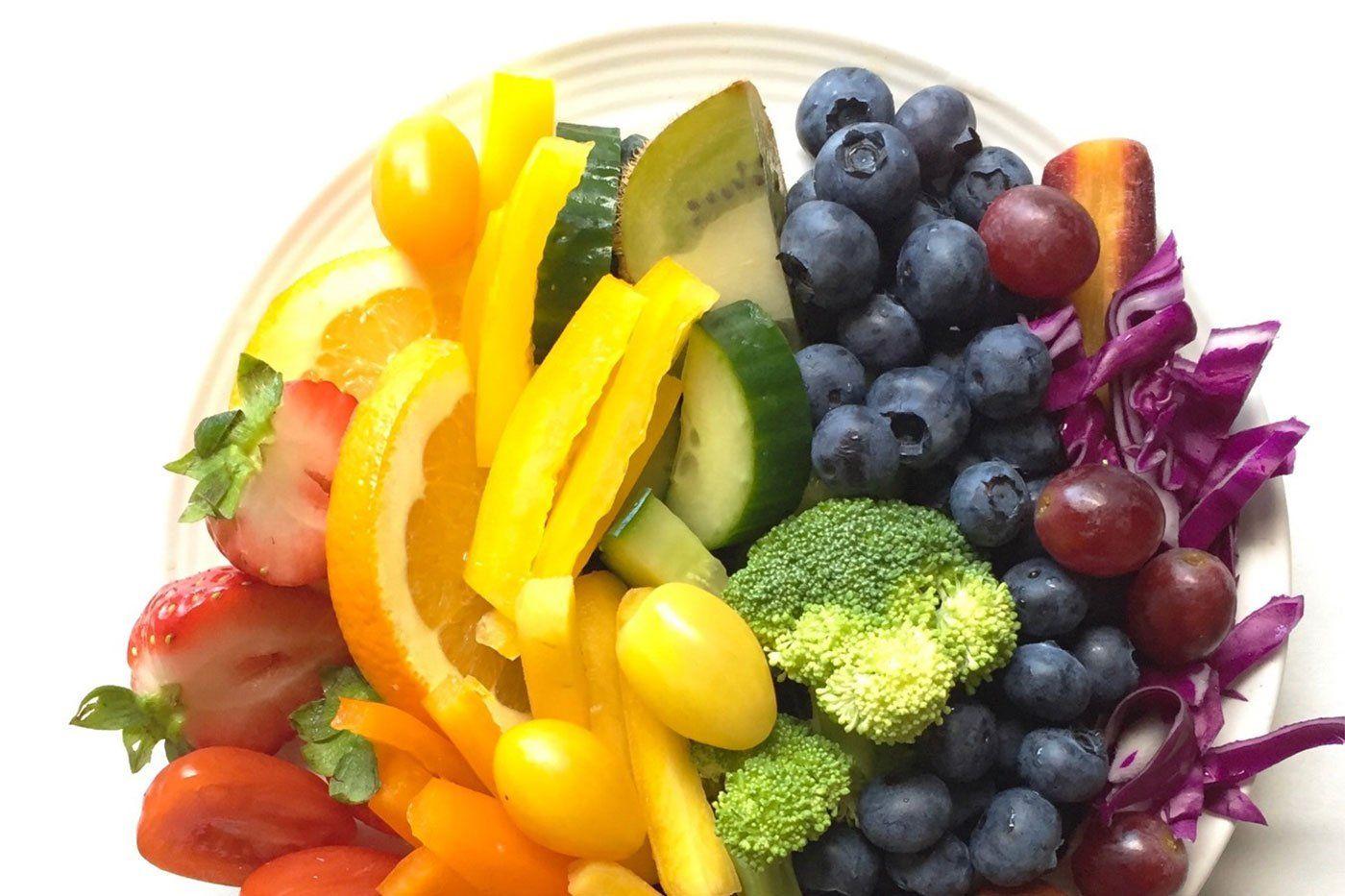TODDLER
Easy & Fun Ways to Get Your Children to Enjoy Eating Vegetables
Learn easy parenting hacks from a registered nutritionist.

Written by
Happiest Baby Staff

SHARE THIS ARTICLE
PARENT PICKS
Bestsellers
TODDLER

Written by
Happiest Baby Staff

SHARE THIS ARTICLE
Bestsellers
This post is authored by a guest contributor, Jennifer Anderson, MSPH, RDN, LD.
As a parent of two children I have been there…my baby in the high chair making an awful face at vegetables. My toddler exclaiming, ‘Yucky!’ and tossing said broccoli at MY face. Feeding little ones is not easy and it can leave you feeling like a failure. However, with a few tips you can be confident about your parenting approach to supper. Plus, you can help your little ones learn to love their vegetables!
There are a few simple things you can do to get your children to eat their vegetables. The key is to make eating fun for them (and not a chore). Fortunately, with three big parenting meal-time tips, getting your kids to try and warm up to some of the vegetables on their plate should be a whole lot easier.
Let us explore these in depth...
The fastest way to get babies and toddlers eating veggies is to serve, well, vegetables. Serve them as often as possible! I even serve them at breakfast and for snacks. One pea on a snack plate counts as an exposure win for you, the parent!
I have a little one who is nervous about new foods, but I keep presenting him new foods to try. Last summer, he had a victory when he announced that he ‘LOVED!!’ tomatoes. (After 3.5 years of exposure!) Big wins like that take time, and while he has had other vegetables he has always loved, some have been an acquired taste!
Giving children time and space to learn to like foods leads to a lifetime of enjoying them and feeling confident about eating.
Parenting Tip:
Start when children are babies, and expose children to as many different types of vegetables as you can. Make sure they are safely prepared (saving hard raw vegetables for later) and include them all the time. Even if babies or children reject them, keep on serving in a no-pressure way… think about the long game!
If you are looking for the best way to help small children actually like the foods they eat, try a ‘no-pressure’ approach to feeding.
As the parent, it is your job to provide 3 things:
It is your child’s job to decide:
This means that when you are exposing your children to new foods, you allow them to decide whether to eat them. You also allow them to decide how much to eat.
The great thing about ‘no-pressure’ is that it also ends food battles. When your child says they do not like a certain food, you can remind them they do not have to eat it. They can stay at the table with you for the meal (which will be short if you have an active toddler) and then get down. Once the pressure to eat is off little ones, they often have the courage to learn to like new foods!
Research shows us that babies and toddlers are great at listening to their bodies. If they are given nutritious options and a structure, they will eat what they need over the course of the week. It is okay if toddlers eat a lot today and ‘air’ tomorrow. This is normal toddler behaviour! Of course, if you have concerns about your child’s growth, development, or eating patterns, it is wise to give your paediatrician or healthcare provider a call.
Parenting Tip:
Embrace your role as the provider of food and structure. Give your child the space to decide whether to eat and how much.
Finally, encourage your little ones to explore their foods. Give them new textures, different utensils, and play little food games.
A new utensil for a picky toddler is sometimes all you need to help them take a bite. Toothpicks can be absolute magic for older toddlers! Even babies love forks and spoons, learning what they are for, and how to use them.
Silliness has a huge pay off, too. If it makes your little one laugh, you know you are on the right track. Playing can help your child learn to love foreign foods and associate them with positive situations.
Parenting Tip:
Call your broccoli ‘little trees,’ pretend everyone is a bunny and thinking about carrots, let your child name a vegetable a funny name, or take silly vegetable selfies.
No matter where you are at with feeding right now, remember you are doing a great job! Every exposure is a point for you and a step in the right direction. Your little one will be eating their broccoli too before you know it.
![[object Object]](/_next/image?url=https%3A%2F%2Fcdn.sanity.io%2Fimages%2F301lhh0a%2Fproduction%2Fa5a884e00b0e5a9546e613266004984124122d36-480x480.jpg&w=1080&q=75)
Jennifer Anderson, MSPH, RDN, LD is a registered dietitian nutritionist specializing in public health and child nutrition. She has two little boys and loves to play veggie games with them. She helps parents everywhere get their kids to eat veggies on Instagram @kids.eat.in.color and at kidseatincolor.com.
Disclaimer: The information on our site is NOT medical advice for any specific person or condition. It is only meant as general information. If you have any medical questions and concerns about your child or yourself, please contact your health provider. Breastmilk is the best source of nutrition for babies. It is important that, in preparation for and during breastfeeding, mothers eat a healthy, balanced diet. Combined breast- and bottle-feeding in the first weeks of life may reduce the supply of a mother's breastmilk and reversing the decision not to breastfeed is difficult. If you do decide to use infant formula, you should follow instructions carefully.